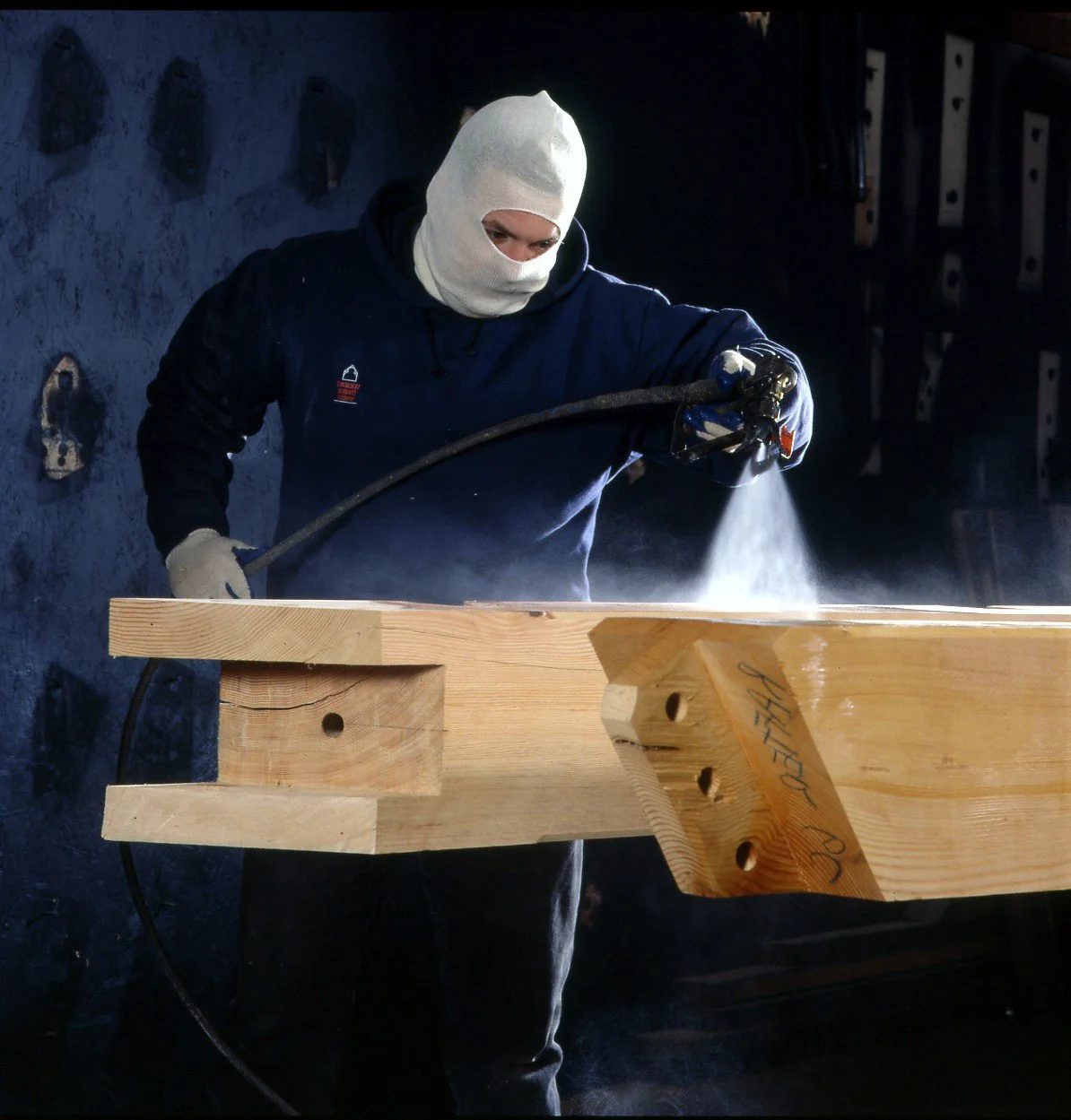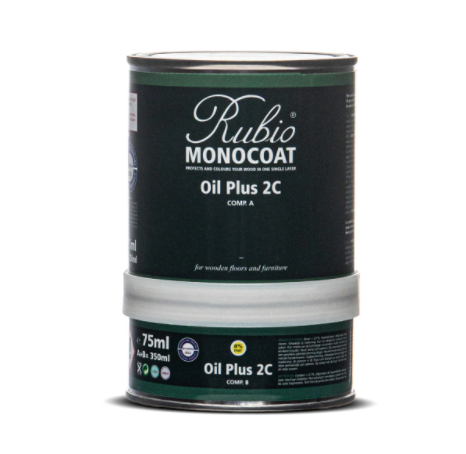What’s The Best Finish For A Live Edge Table?
Choosing the right finish for your live edge table is critical…but can be confusing as there are just a ton of options out there.
This isn’t meant to be a comprehensive guide to wood finishes, there are quite a few of those to read through. This is just a short guide to two basic categories of finish I use, and how I think about applying the final and most crucial step to a table before sending it out the door.
What is the live edge table being used for?
Knowing the functional demands of your table is how you’ll determine which finish to use.
Is this an end table that will sit in a corner and get minimal use and wear? Or is this a countertop that will be exposed to lots of liquids and hot, abrasive materials.
Another thing to consider is how much effort do you want to put into maintaining the look of the table over time.
And perhaps most importantly, how do you want it to look?
Category One: Film Finishes
The first general category of products are called film finishes. There are generally going to be your polyurethanes and lacquers, and provide protection by building up several layers on top of the wood and creating a sealed physical barrier.
This can be an excellent choice if you are looking for the highest level of protection, as they will completely seal the grain and literally encase the table in a hard layer of plastic.
This means they are also very easy in terms of maintenance. The complete seal they provide means you’re less likely to get water marks and scuffs, and cleaning is relatively simple.
The flip side to this is that when scratches do occur, they’re tough to repair in isolation…and may need a total refinishing job of the surface.
Category Two: Hard-wax Oil Finishes
The second, and my preferred choice for live edge table finishes, are hardwax oils. The three main players on the market are Odie’s Oil, Osmo, and my personal choice, Rubio Monocoat.
Unlike film finishes, hard-wax oils provide protection by penetrating and binding to the top most wood fibres on the live edge slab and then a seal layer of wax cures on the surface.
While it may sound like film finishes should be the default winner due to their superior protection, I like the hard-wax option for a few reasons.
First, the level of protection they provide is still outstanding. While not as durable as a millimetre of plastic, it just means you should practice common sense as the user of your table: Use coasters, don’t put hot plates on it, and wipe up spills.
Hard-wax oils were originally intended for floors, so that should say something. If it’s good enough for a hardwood floor, it’s definitely good enough for a table.
Second, they give a beautiful matte finish that still allows you to feel the grain of the wood. Film finishes are by definition plastic, and it really shows in both the look and feel. There’s no other way to put it except, hard-wax finishes allow wood to feel like wood.
Third, although they will scuff up a little bit easier, and you need to baby them a little bit more than a lacquer-finished table, repairs are very, very easy. Just sand up the affected area, apply some more finish, and you’re done. And the beauty of Rubio Monocoat is that you won’t see any overlap lines since the product can not bind to itself, something that film finished just can’t do.
And last, although this is more for the table maker, hard-wax oils are dead-simple to apply. Wipe on, buff, wipe off. No complicated sprayers, no applying four or five coats, and most importantly, no worrying about dust. The peril of film finishes is dust and other “floaties” in the air that settle on the finish, and become encased for all time. Hard-wax oils are much more forgiving, and much more likely to leave a flawless finish.

